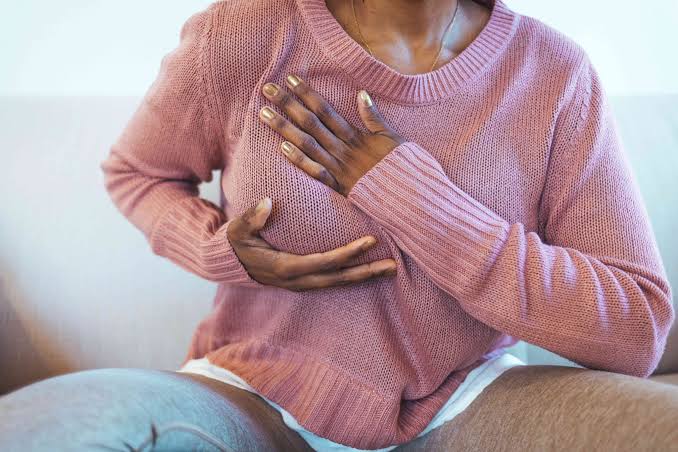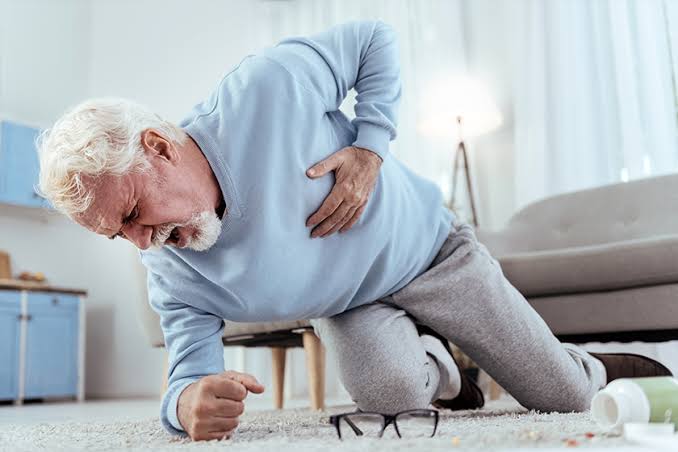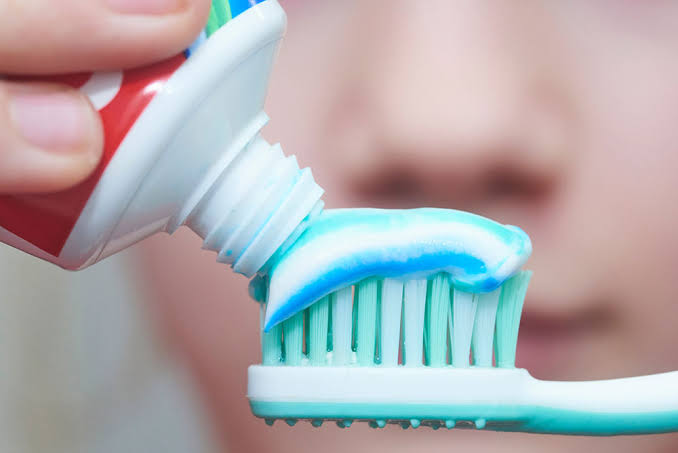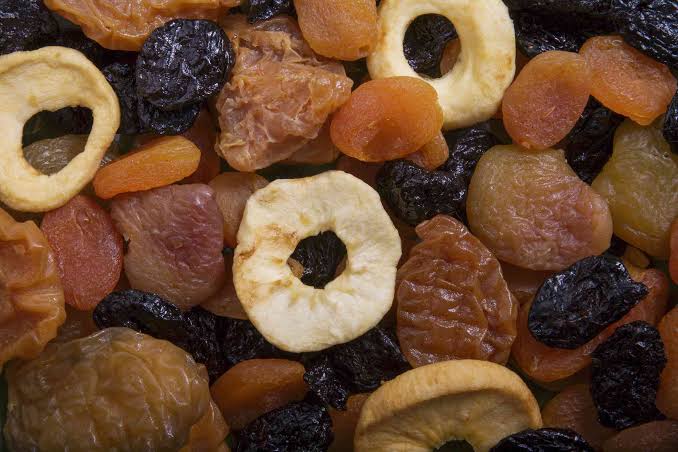Breast pain, also known as mastalgia, is a common and often uncomfortable symptom that many women experience during their menstrual cycle. The discomfort may range from mild tenderness to sharp, intense pain, and can be accompanied by other symptoms such as swelling or a feeling of heaviness in the breasts. While this pain can be bothersome, it is typically related to the hormonal changes that occur as part of the menstrual cycle. Understanding the reasons behind this pain can help women manage their symptoms and determine when further medical consultation might be necessary.
The primary cause of breast pain during menstruation is the fluctuation of hormones, particularly estrogen and progesterone. These two hormones play a central role in regulating the menstrual cycle and, in turn, impact breast tissue. Estrogen, which rises in the first half of the cycle, stimulates the growth of breast tissue, causing it to become swollen and tender. This is why many women experience heightened sensitivity in their breasts in the days leading up to ovulation. Following ovulation, progesterone levels increase to prepare the body for a potential pregnancy. If fertilization does not occur, both estrogen and progesterone levels drop, signaling the body to shed the uterine lining, which results in menstruation. These hormonal fluctuations lead to changes in breast tissue, contributing to pain, swelling, and sensitivity.
Another contributing factor to breast pain during menstruation is fluid retention. Hormonal fluctuations, particularly the rise in estrogen, encourage the body to retain water. This excess fluid can accumulate in the breasts, causing them to swell and become heavier. This swelling increases the pressure on the surrounding tissues, leading to the characteristic tenderness and discomfort that many women experience. This type of pain is often referred to as cyclical breast pain, as it is directly linked to the menstrual cycle and tends to occur regularly around the same time each month.
In addition to hormonal changes, some women experience fibrocystic changes in their breast tissue, which can intensify breast pain. Fibrocystic breasts are characterized by the presence of lumps or cysts that can feel tender or painful, especially before or during menstruation. These changes in the breast tissue are also influenced by hormonal fluctuations, and they can make the breasts feel lumpy, swollen, or unusually sensitive. The pain associated with fibrocystic breasts can vary, but it is often most pronounced during the luteal phase of the menstrual cycle, which occurs after ovulation....Read Full Article [Click Here>]
Psychological factors, such as stress and anxiety, can also exacerbate breast pain. Emotional distress often increases during certain phases of the menstrual cycle, and for some women, this can make the pain feel more intense. Research suggests that women who experience high levels of stress may be more likely to report severe breast tenderness, indicating a connection between emotional well-being and the perception of physical pain.
Lifestyle choices, including diet, exercise, and caffeine consumption, can influence breast pain as well. Studies have shown that high caffeine intake may be linked to increased breast tenderness, as caffeine can contribute to fluid retention. Additionally, a lack of regular exercise may make the body more prone to discomfort during the menstrual cycle. Maintaining a healthy diet and regular physical activity can help mitigate some of these symptoms and reduce overall breast discomfort.
In conclusion, while breast pain during menstruation is common and generally not a cause for concern, it can significantly affect a woman’s comfort and quality of life. Understanding that hormonal fluctuations, fluid retention, fibrocystic changes, and lifestyle factors all contribute to this pain can help women manage their symptoms more effectively. For those who experience severe or persistent pain, seeking advice from a healthcare professional is recommended to rule out any underlying conditions.





